Interior Design Trends Posts on Crowch
There’s a moment, every time I try something crafty, when I freeze. Not out of fear, but perfection. That voice in my head goes: “You don’t even know what you’re making.” And honestly? Most times, I don’t. I just need to touch something that doesn’t scroll.
Last week I sat down with scraps of paper, a glue stick, and no plan. Ten minutes in, it looked like a raccoon made a ransom note. Twenty minutes in, it started to feel like…a map. Not a real one, but of something emotional. Like a route from “I’m tired” to “I’m here.”
I used to think inspiration came first—like you had to wait for a vision to land. But now I trust my hands more than my moodboard. They find the thread before my brain does. Sometimes it’s clay. Sometimes it’s fabric. Sometimes it’s a broken brooch I’ve moved from drawer to drawer for six years.
The magic isn’t in making something beautiful. It’s in realizing that even a messy blob or wonky stitch can hold a piece of your day. That you *can* turn nothing into something with just your fingers, time, and a little willingness to look foolish.
And anyway, the good stuff always comes after the first ugly layer.
🌱 A New Life for Plastic: Designing with Living Mycelium
In an era marked by ecological urgency and environmental responsibility, Chinese design studio NONGZAO is reshaping how we think about waste, furniture, and materials. Their latest innovation uses mycelium, the root-like structure of fungi, to transform ordinary plastic furniture into biodegradable, low-impact design objects. Instead of producing new pieces from scratch, the team grows living organisms directly onto existing plastic chairs, stools, and lamps—subverting the lifecycle of industrial products.
This natural process results in completely unique surfaces, rich in texture and shaped by the unpredictable growth of the fungi. Mycelium doesn’t just look organic—it is organic, forming a skin over industrial objects and slowly reclaiming them for the earth.
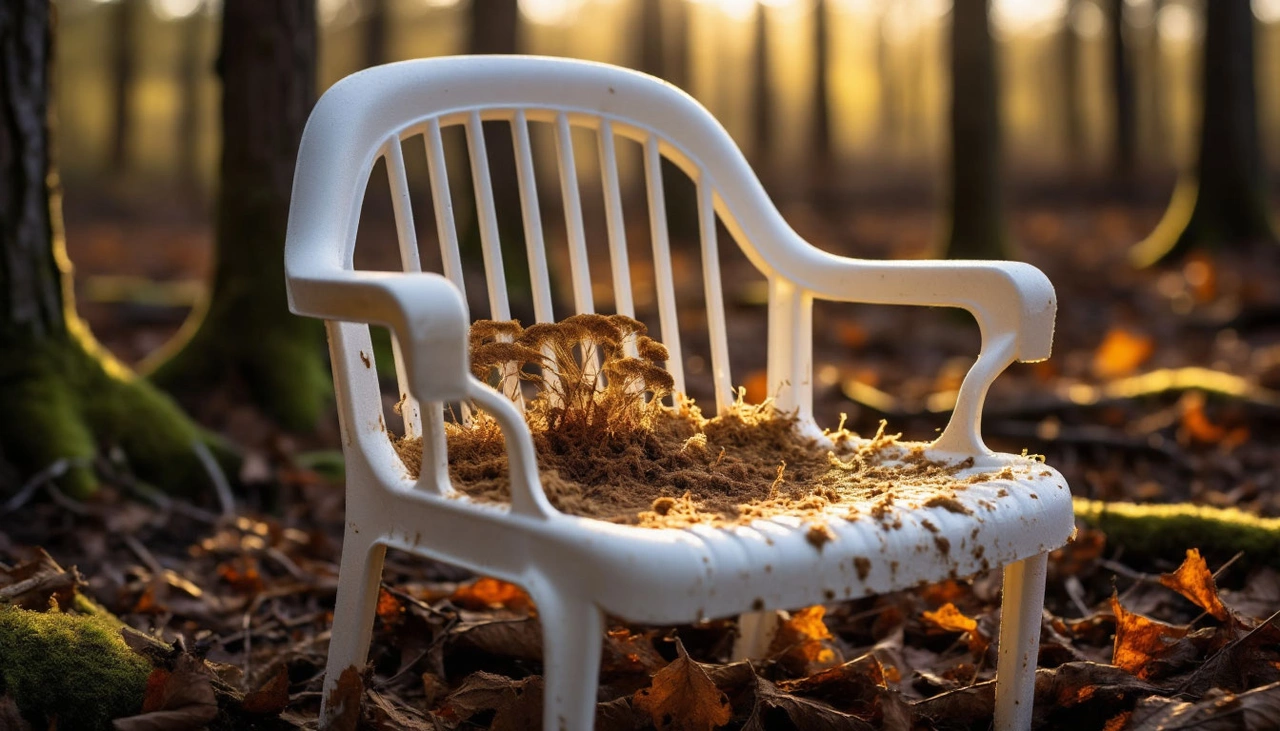
🍵 Waste to Wonder: Coffee Grounds and Rice Husks as Substrate
One of NONGZAO’s greatest achievements is turning agricultural byproducts into growth media for fungi. Their substrate blend includes used coffee grounds and rice husks—two materials often discarded in bulk in farming and food production. These components are rich in cellulose and lignin, essential nutrients that stimulate mycelium to expand, attach, and thrive.
This process repurposes biological "waste" while reducing methane emissions from organic decay. The result is a dual benefit: carbon absorption and plastic transformation, all achieved through natural cycles.
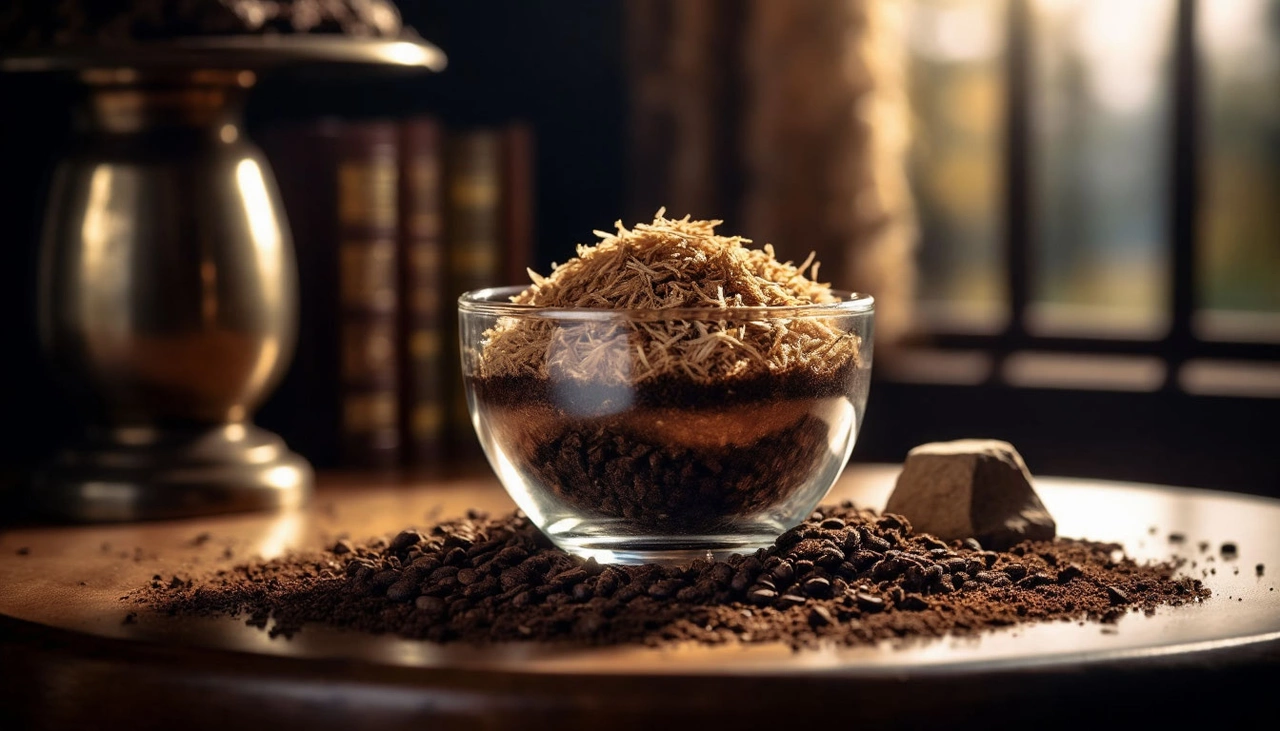
🪑 Iconic Forms, Radical Materials: Reworking China’s Red Chairs
In regions like Guangdong, red plastic chairs have become a symbol of urban transformation. Mass-produced, lightweight, and almost inescapable in public life, they embody the ubiquity and anonymity of industrial design. Yet NONGZAO sees this icon as fertile ground for creative resistance. By enveloping these chairs in mycelium, they confront the visual monotony and environmental consequences of plastic saturation in Chinese cities.
The result is an aesthetic rebellion: once-identical objects are recontextualized with wild textures, natural colors, and an organic logic that defies factory perfection. Each chair becomes a sculptural relic of the industrial age—half fossil, half future.
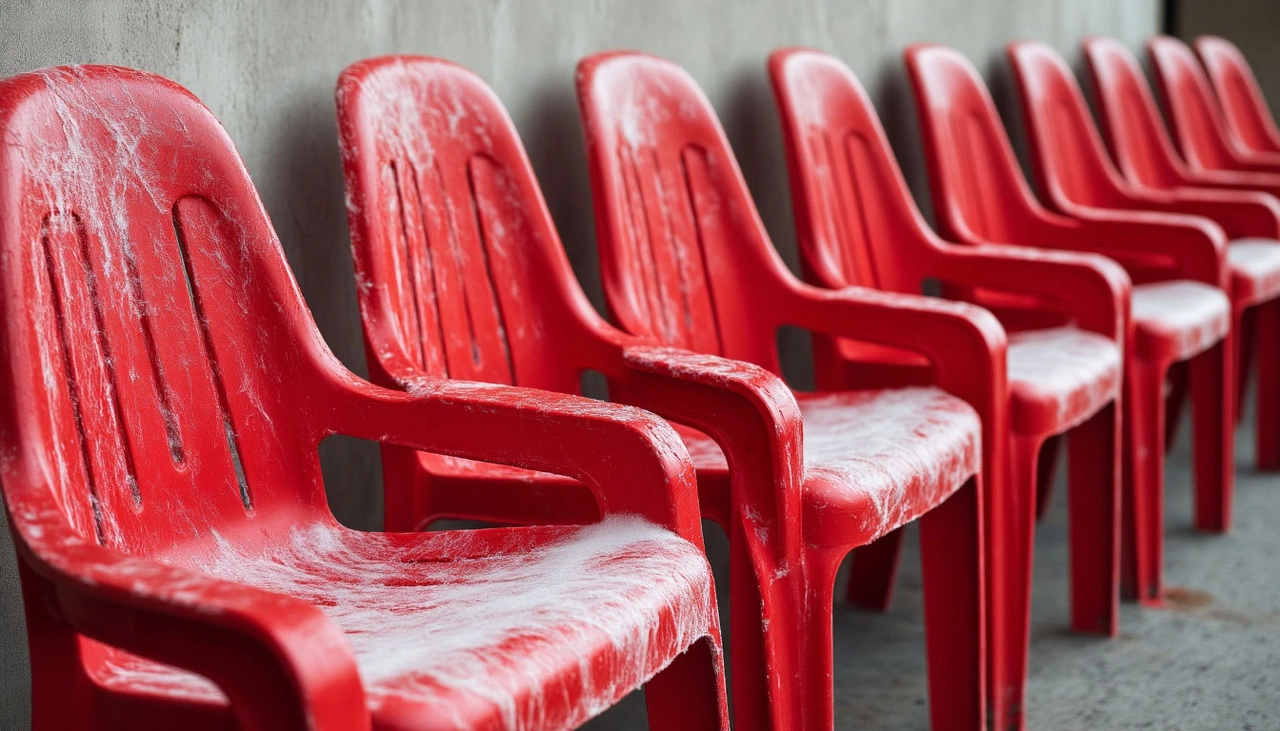
🌍 Design That Decomposes: Sustainability as Statement
More than a clever reuse of materials, NONGZAO’s project is a philosophical statement on impermanence and adaptation. As plastic pollution continues to rise—with over 430 million tons produced annually, most of it for short-term use—designers must think not only about form but also afterlife.
Unlike plastic, mycelium biodegrades completely in soil, leaving behind no toxins. It captures carbon during its growth, turning every object into a carbon sink. These transformed objects become artifacts of a new ethic—ephemeral design that returns to nature, not the landfill.
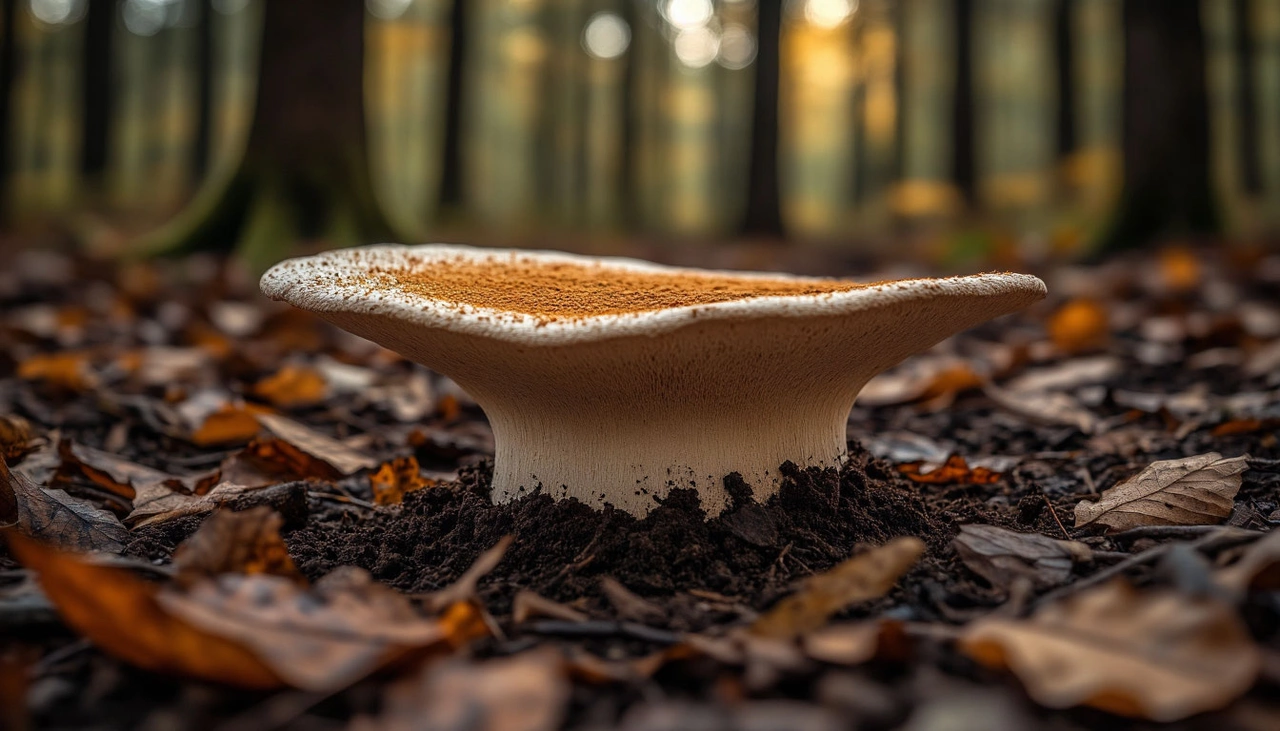
🌿 A Challenge to Industrial Homogenization
According to NONGZAO, the goal isn’t just sustainability—it’s plurality. Industrial manufacturing has created a landscape of sameness, where mass-produced products flatten taste and experience. Their fungal furniture is an antidote: each piece is one-of-a-kind, grown over time, shaped by temperature, humidity, and mycelium’s unpredictable nature.
By cultivating furniture with living organisms, the studio reframes design as a collaboration with nature, not domination. The results are tactile, emotional, and unrepeatable.
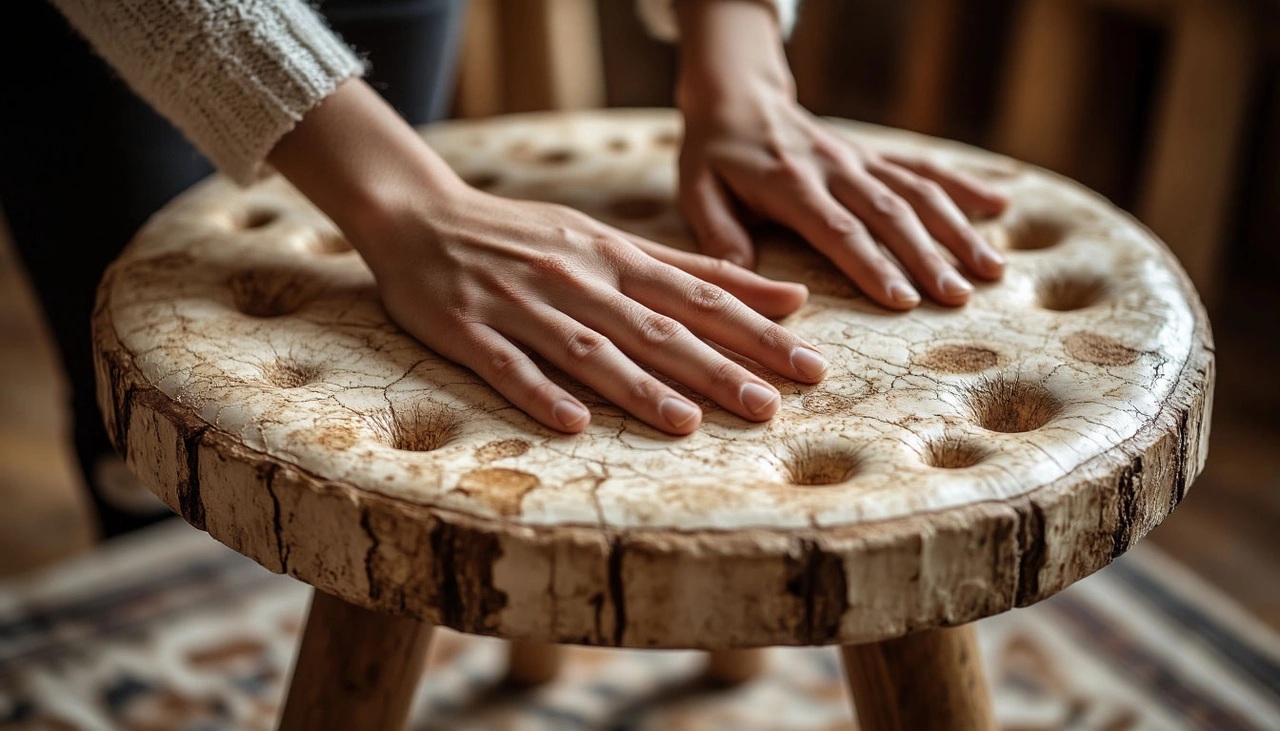
🔁 Circular Futures: Toward a New Material Culture
The furniture from NONGZAO isn’t just about innovation—it’s about systems. They envision a future where agricultural waste feeds fungi, fungi feed design, and design returns to the earth. This circular model is scalable, low-cost, and open to adaptation across industries: packaging, textiles, even architecture.
In a world searching for sustainable alternatives, mycelium may be the bridge between biology and design, offering not just materials—but meaning.
🌾 Feminist Second-Wave Revival – By Faye Toogood
Designer Faye Toogood taps into the spirit of second-wave feminism through her recent work, such as the Rude Arts Club line for cc‑tapis and Tacchini. She explores sensuality and human form from a distinctly female perspective. As a woman in design, she long resisted highlighting gender in her work — until now. In her Squash seating collection for Poltrona Frau, she merges classic frame structures with soft, pillow-like elements that envelop the sitter. The sculptural curve conveys protection and serenity—an embrace through design.
In Toogood’s vision, feminine creation is relaxed, modern, and forward-thinking—soft yet potent.
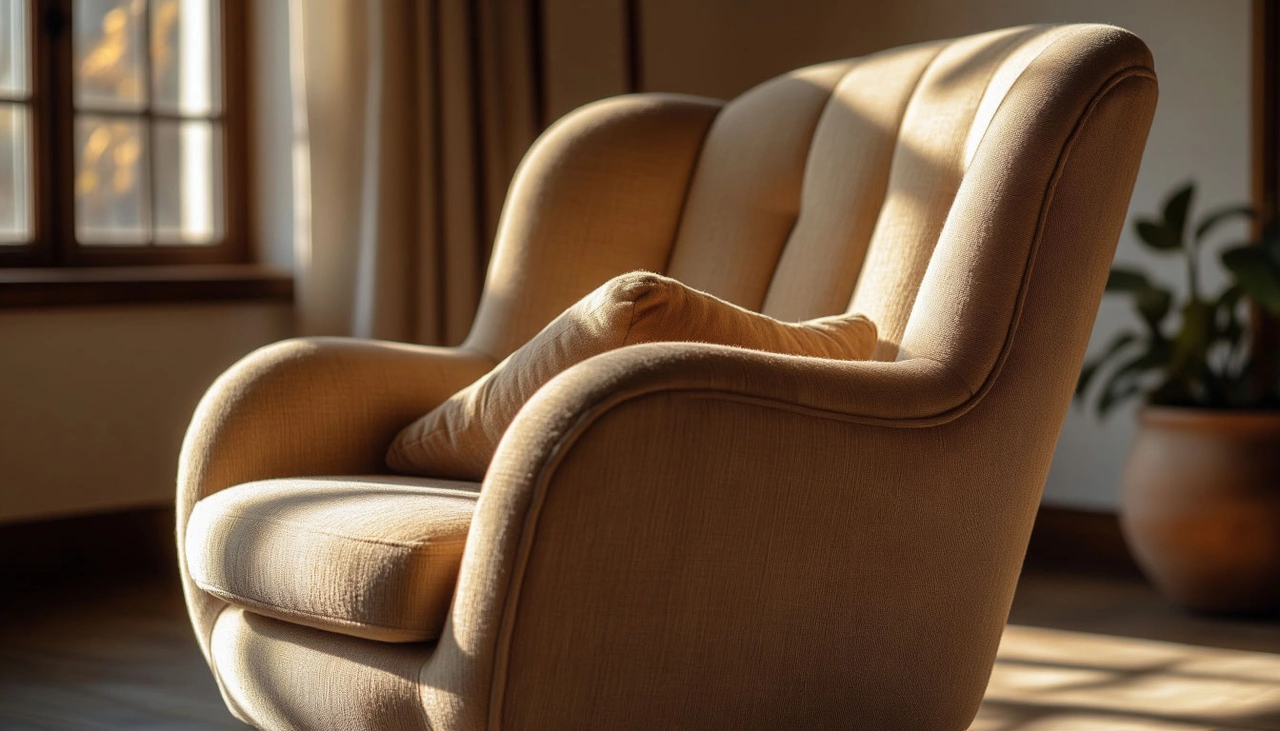
🌱 Sustainable Humility – By Diebedo Francis Kéré
Architect and Pritzker Prize laureate Diebedo Francis Kéré champions minimalist sustainability. He emphasizes regeneration over extraction—favoring materials like earth/clay instead of mined minerals. For Kéré, true sustainability means using minimal, renewable resources suited exactly for the architectural need, not luxury or excess.
Design must respect nature’s systems. Every building is a moral act: don’t take what you don’t need, even if you can.

🔮 Material Polyphony – By Draga Obradovic & Aurel Bazedov (Draga & Aurel)
This design duo is fascinated by transformative materials like translucent lucite (acrylic resin). Through experiments with light, color, and texture, they create pieces whose hues shift depending on the viewer’s angle. Inspired by op-art and retrofuturism, their practice revels in spontaneity—embracing unexpected beauty in minimalistic yet dynamic forms.
Expect upcoming design trends rich in optical play, soft futurism, and material poetry.
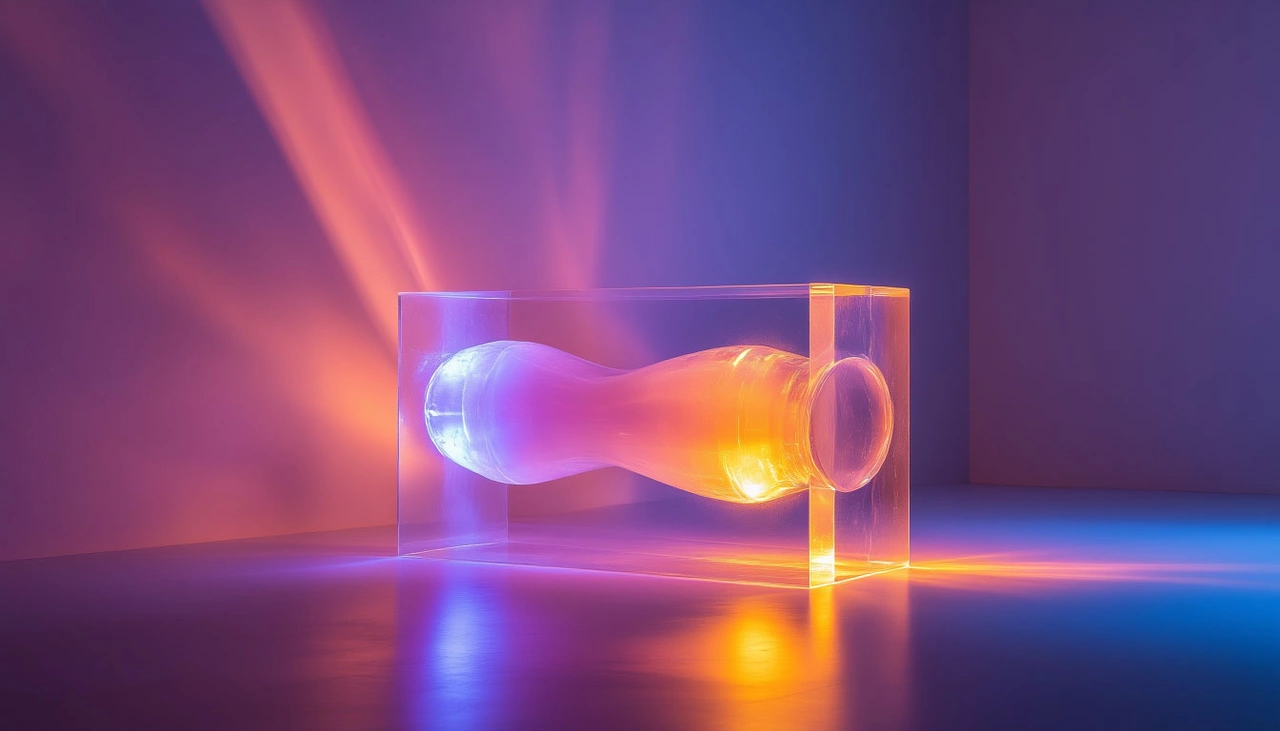
🇮🇹 Craftsmanship Amplified – By Marco Credendino, Founder of Artemest
Marco Credendino’s Artemest platform celebrates Italian handmade excellence. What began with ~60 artisan studios has grown to over 1,500, showcasing 60,000+ handcrafted creations. Initiatives like L’Appartamento exhibitions bring together curated interior vignettes using these objects, merging objects and environments elegantly.
Artemest aims to share Italian craftsmanship globally—where heritage, quality, and beauty converge.
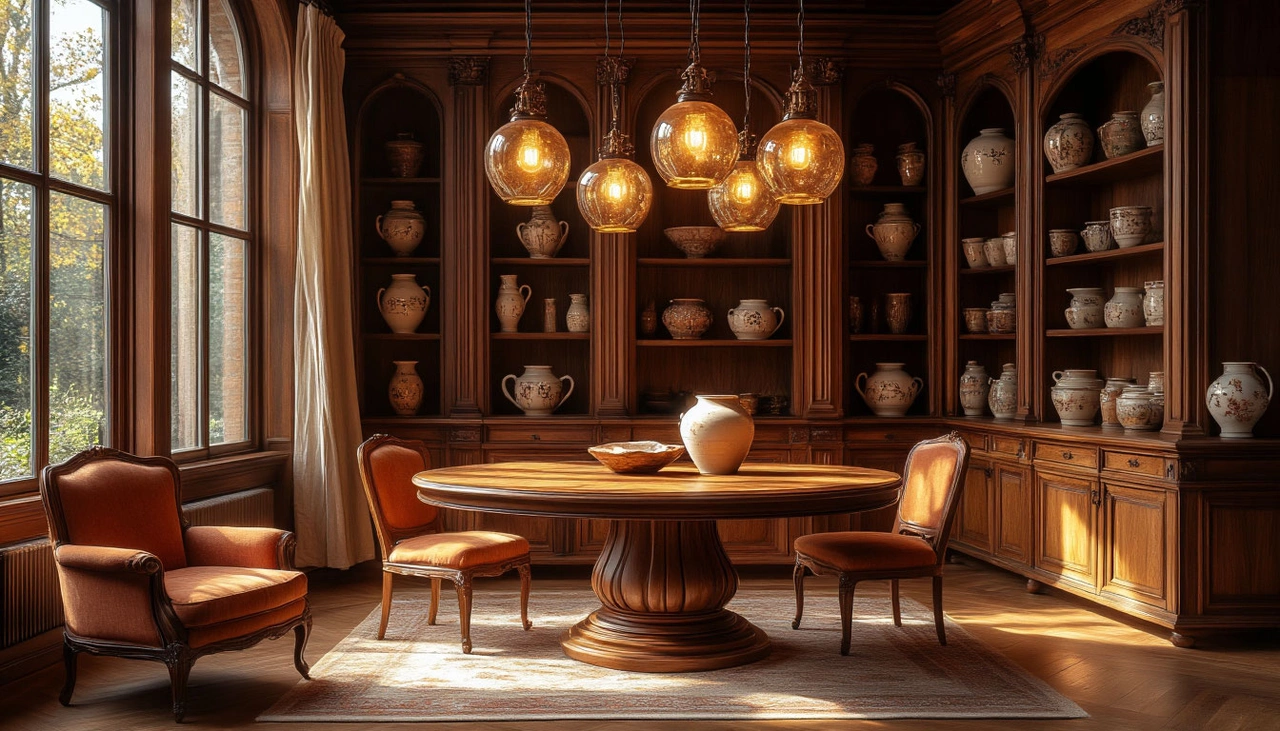
🌸 Garden Narratives & Textile Storytelling – By Edward Llewellyn Hall
Designer Edward Llewellyn Hall draws design inspiration from his English garden surroundings. His eclectic patterns—floral, geometric, stripe—blend classical motifs with modern whimsy. His textile collections for Rubelli mix mythology, vegetation, stars, and architectural references.
For Hall, design, fashion, and interiors are genres of storytelling—where unexpected combinations reveal fantasy, balance, and emotional resonance.
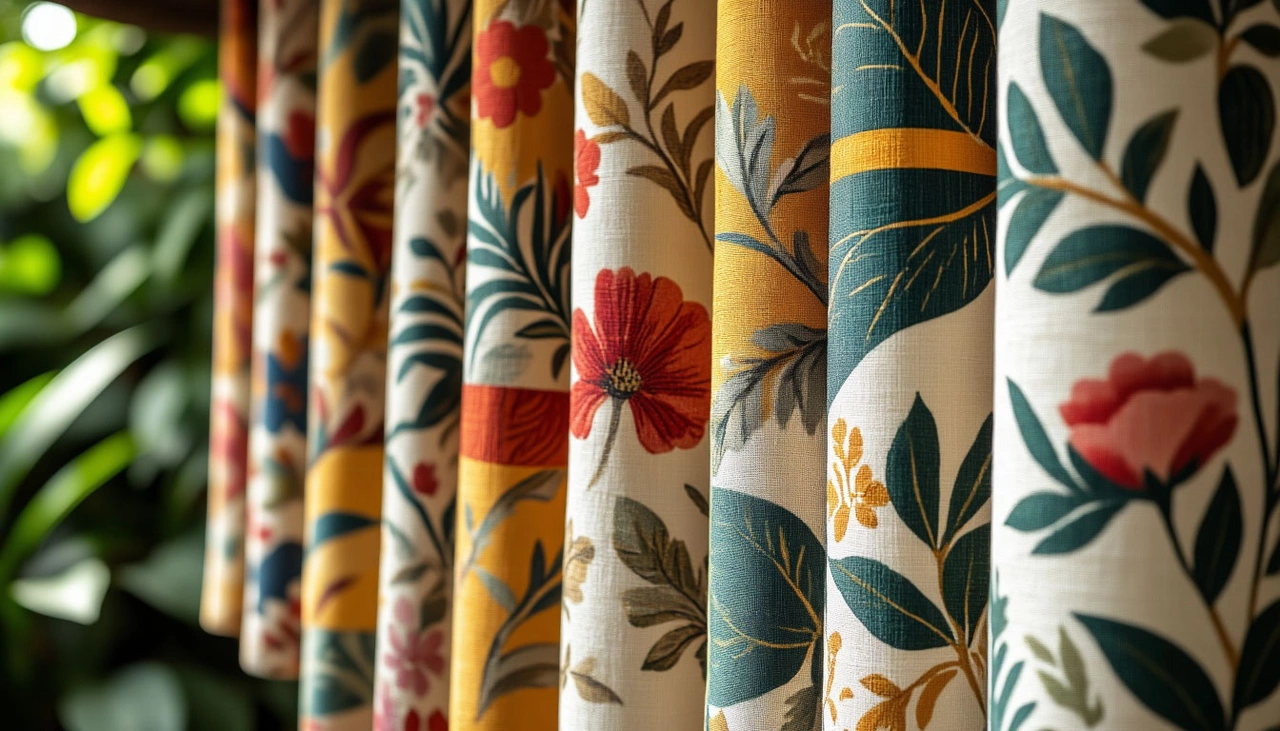
🎬 Leisure Scale & Casual Luxe – By Ashley Harrison, Design Miami.LA
Ashley Harrison, director of design curatorial programs for Design Miami.LA, observes Los Angeles culture’s appetite for bold living. In a city where villas become stages and homes double as entertainment spaces, interiors are expansive, daring, and unapologetically expressive.
Design here is casual scale and theatrical: large comfortable spaces, outdoor connectivity, and vibrant palettes. It's the design of “immediate lifestyle,” where comfort meets performance.
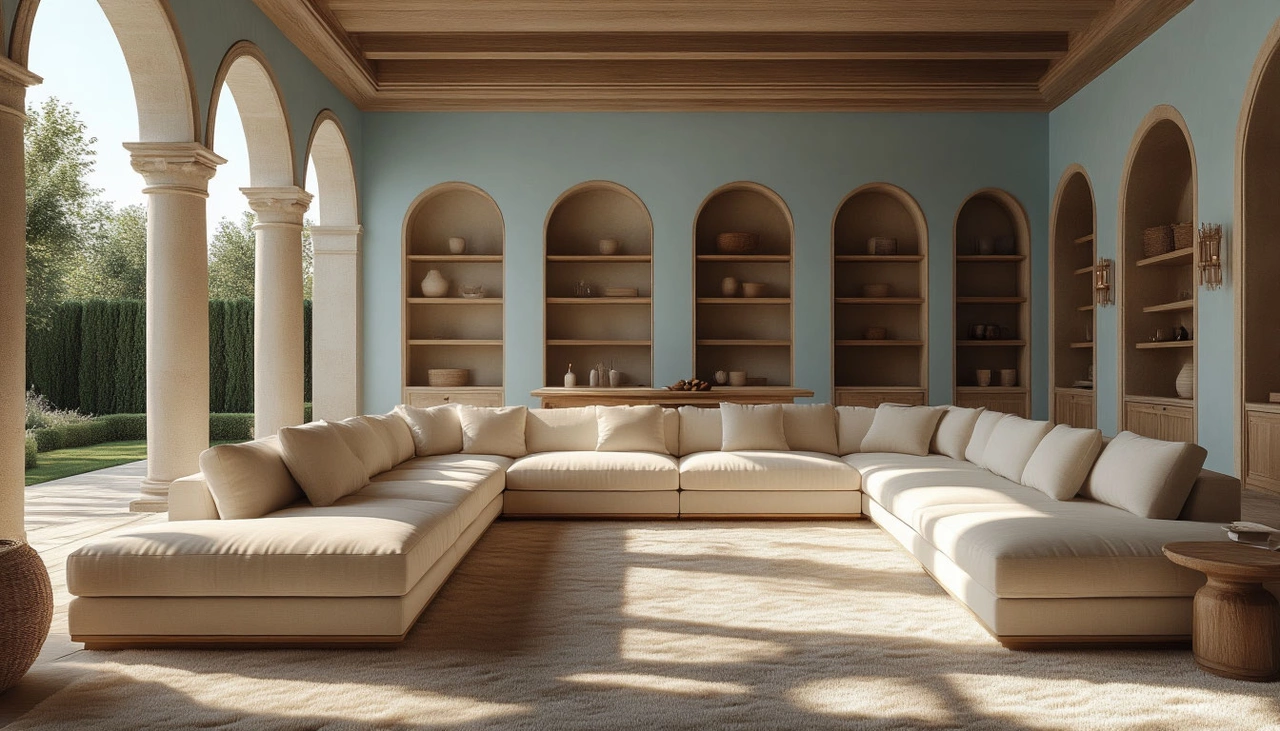
Synthesis: A Future in Design That Is Empathetic, Sensual, Sustainable & Surprising
From feminist softness to ecological restraint, from luminous materials to heritage craftsmanship, these six thought leaders define a vision of design that is layered, humane, and dynamically engaged with the living world.
🌀 Embracing Fluidity: Mathieu Lehanneur on Futureproof Design
In a world in constant flux, designer Mathieu Lehanneur believes the design industry must let go of rigid frameworks and embrace change as its natural state. Rather than aiming for static perfection, he sees the future in adaptable, emotionally intelligent spaces that reflect the shifting realities of life.
Design should no longer treat humans as stable, logical users. “We’re unpredictable, irrational, and emotionally driven,” says Lehanneur. To truly connect with people, design must go beyond ergonomics — diving into psychology, spirituality, medicine, and science.
The goal? Creating environments that offer not only visual pleasure but a sense of comfort, serenity, and connection to the natural world.
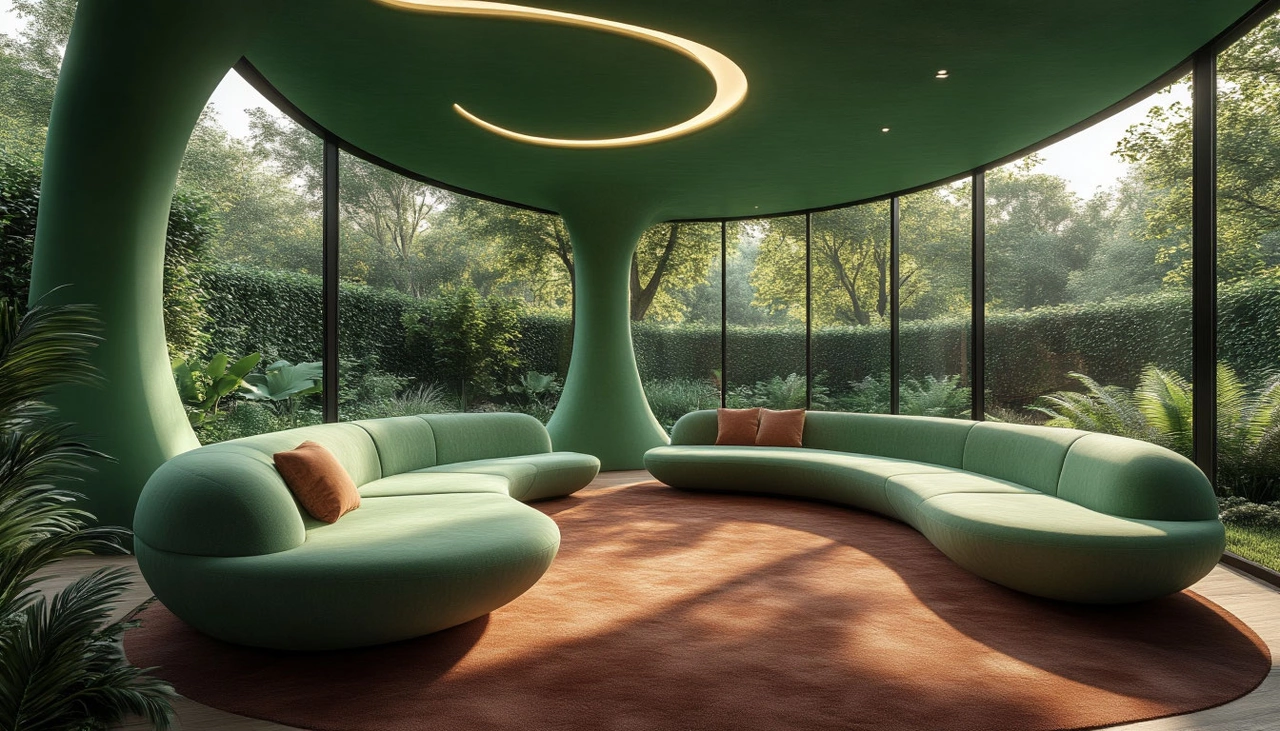
🌱 Heritage & Honesty: Yulia Loboyko on Curating Authenticity
Founder of the “Palaty” gallery, Yulia Loboyko draws from years of regional expeditions across Russia. Her curatorial vision involves weaving together unique objects into meaningful constellations that reveal cultural narratives.
At Collectible Brussels, “Palaty” disrupted expectations with unconventional objects. A standout was a chair by Studio Odingeniy, praised by curator Brecht Wright Gander as one of the show’s best. Meanwhile, PAD Paris called for deeper meanings: Loboyko emphasized heritage, symbolism, and handcraft — a strategy that earned her a feature in ELLE Decoration France.
She sees a movement away from the excess of past decades. “The future is not about grandeur. It’s about sincerity — searching inward for what really matters,” says Loboyko.
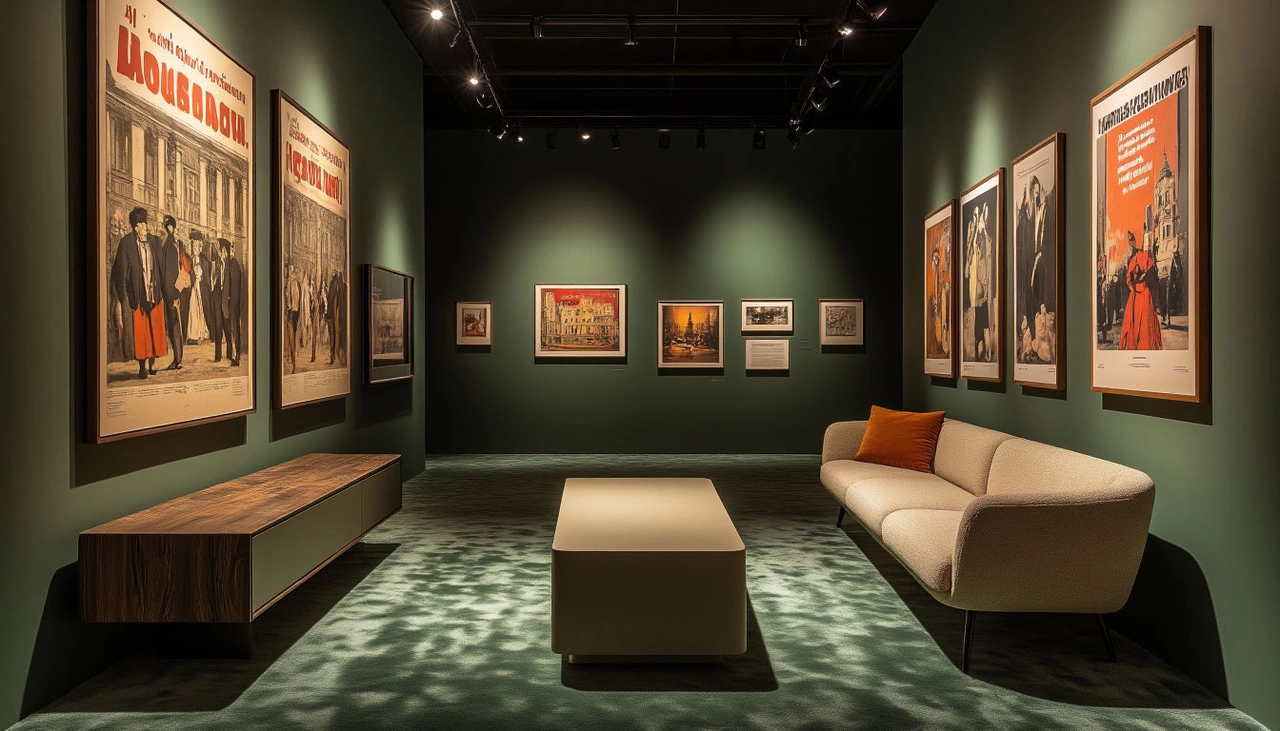
💧 Architecture as Compassion: Liu Jiakun’s Poetic Approach
Pritzker Prize 2025 laureate Liu Jiakun views architecture as a force for emotional healing. It should not only house lives but elevate them, cultivating serenity and shared identity.
His metaphor is powerful: “I want to be like water — flowing into spaces, adapting, reflecting the spirit of the place.” Over time, that water may become architecture itself — solidified yet still carrying traces of its origin.
Jiakun emphasizes the potential of buildings to awaken compassion and community. Architecture, for him, is not just about form, but about forming relationships between people, history, and space.

🏡 Resilience at Home: Maria Porro on the Shifting Role of Interiors
President of Salone del Mobile.Milano and Porro’s marketing director, Maria Porro highlights the need for homes that evolve with their inhabitants. “The house is no longer static. It breathes, transforms, and adapts,” she says.
In this era of instability, people seek balance between beauty and well-being. Sustainability is no longer a buzzword — it’s essential. Porro champions closed-loop production systems, materials that are reused, repaired, and responsibly recycled.
Furniture today is more than utilitarian. It’s becoming architectural — shaping how we move, live, and feel within a space. “Design must reflect the soul of the era,” Porro concludes.
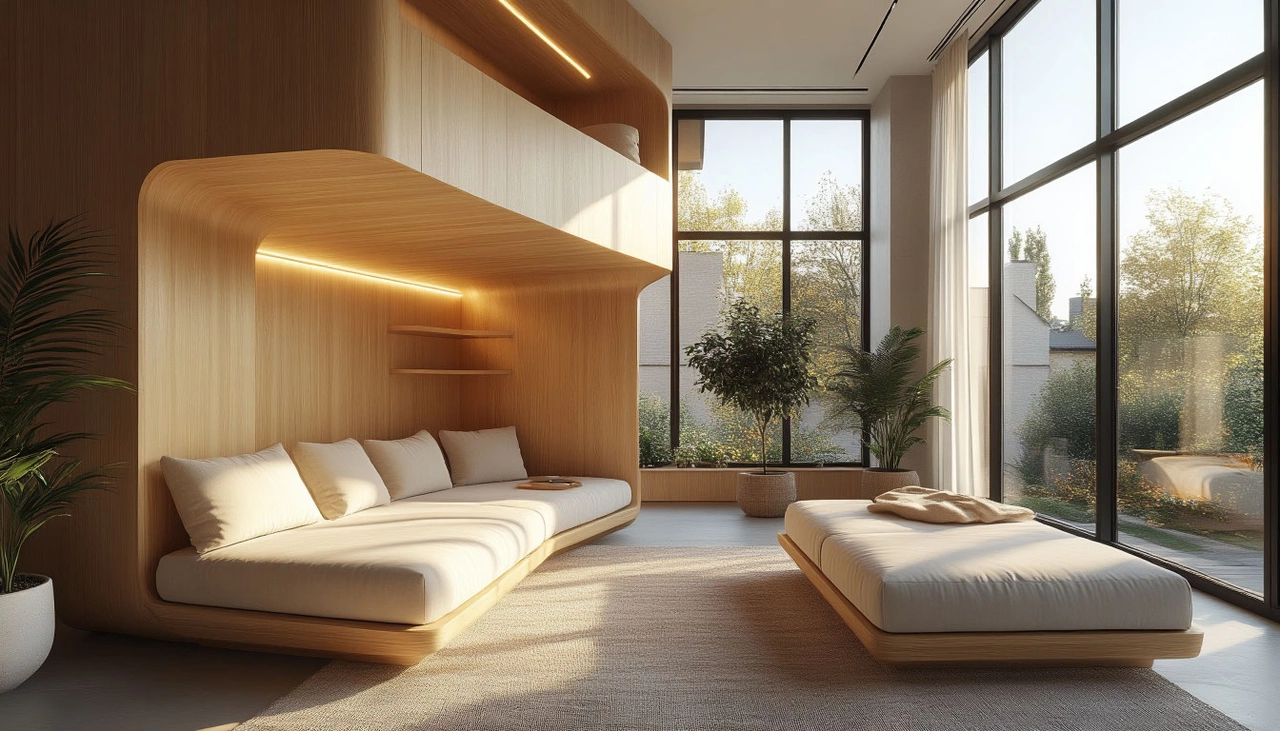
🎨 Hockney's Joy: Suzanne Pagé on Art as Emotional Light
As a curator at the Fondation Louis Vuitton, Suzanne Pagé reflects on the continued relevance of David Hockney. His art thrives on emotional transparency, bright colors, and compositional clarity. Even in personal turmoil, Hockney’s creative act is joyous. “Like Van Gogh,” Pagé notes, “he’s happy the moment he draws.”
Hockney constantly seeks new ways to engage the public — from reverse perspective to digital reproductions. His current exhibition at Louis Vuitton is described as “a doorway to spring,” offering viewers a vivid, inclusive sense of renewal.
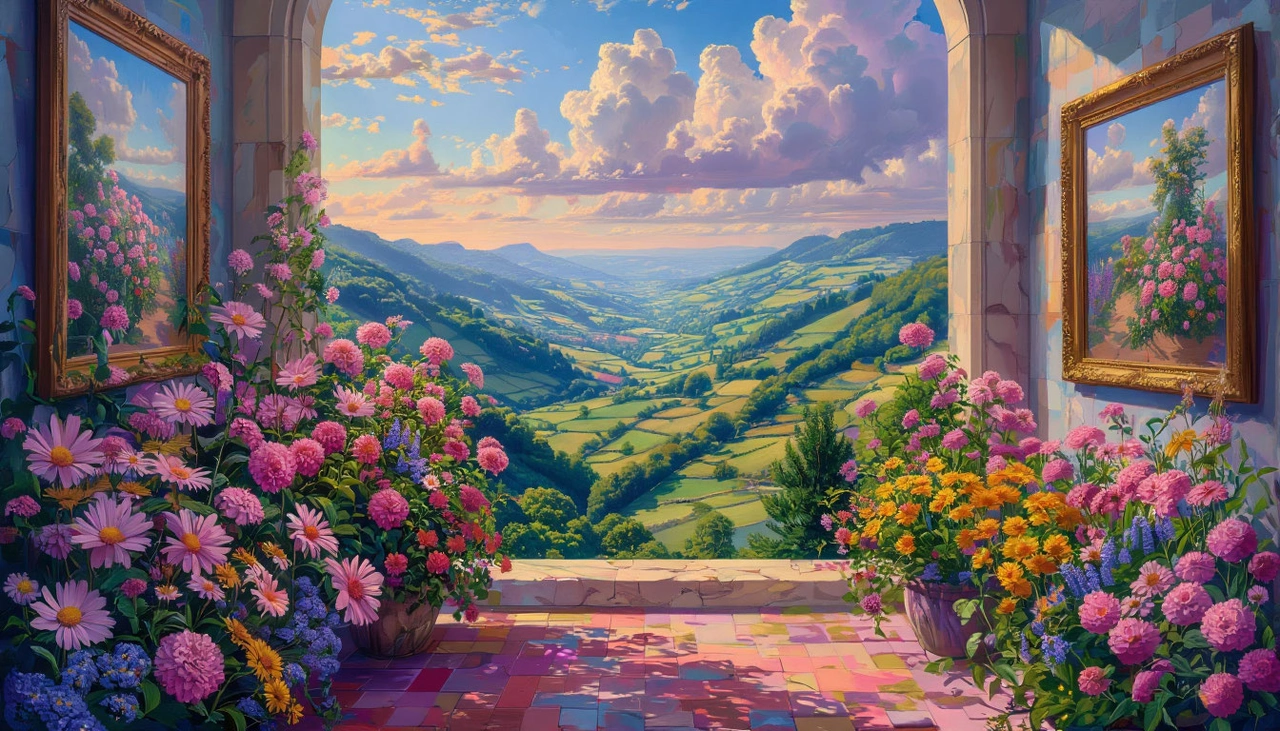
🔮 Beyond the Object: A New Era of Meaning
What unites these five voices is a shared commitment to emotional depth, cultural specificity, and adaptability. Whether it’s architecture that flows like water or galleries that honor forgotten crafts, the focus has shifted toward sincerity, storytelling, and social relevance.
Design, architecture, and art in 2025/2026 are no longer about trend-chasing. They are about reading the moment, feeling the world, and responding with empathy.
Kaisa Vilner – Malmö, Sweden
Kaisa heads an interdisciplinary studio integrating nature with cutting‑edge science. Every project begins with a deep question: Is this necessary? And if so—why? Her design process prioritizes thoughtful motivation. When the purpose is clear, materials and techniques emerge organically, shaping the final form.
For Kaisa, design is a gesture of movement—an authentic emotional transmission. Whether handcrafted or industrially produced, her objects tell stories, serve as catalysts for sustainable innovation, and embody interdisciplinary research into new materials and systems.
Good design today means posing new types of questions—about symbiosis between humans and the planet.
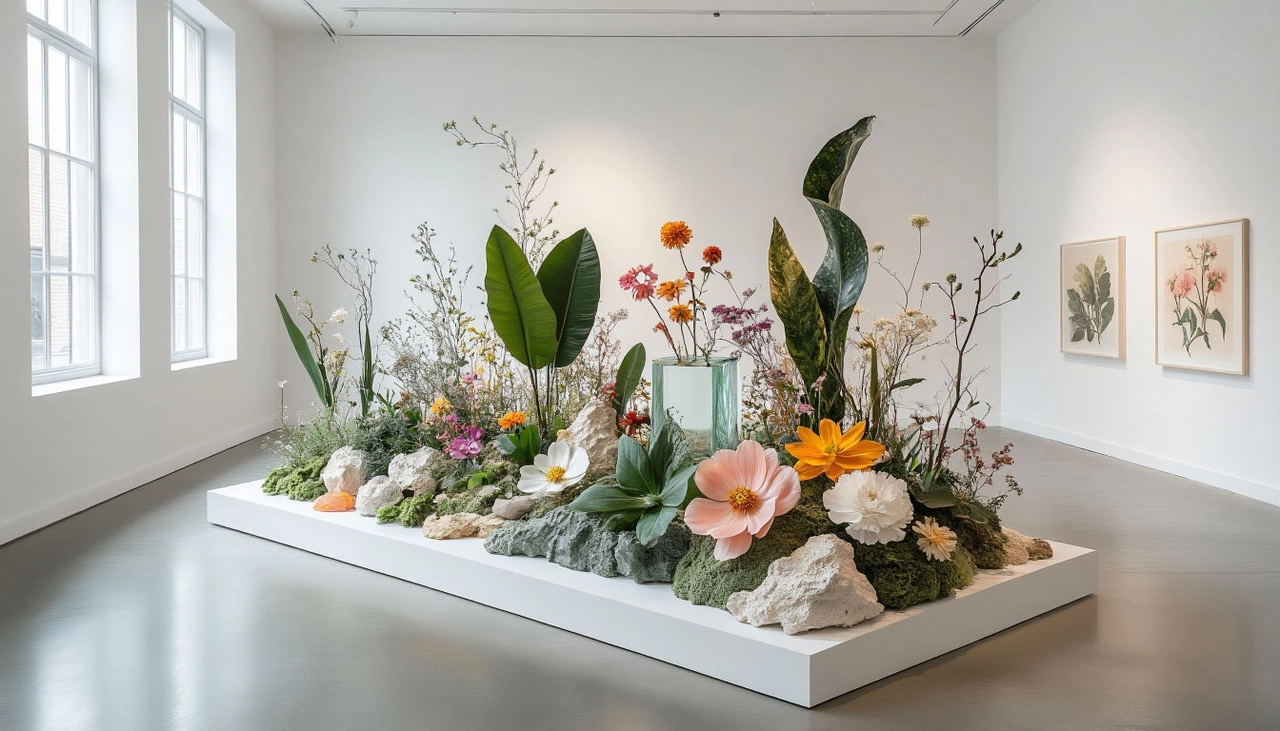
Soft Baroque – London (Nicholas Gardner & Sasha Stucin)
This London-based duo works at the intersection of design and art, always searching for unusual perspectives. When asked whether form or function comes first, they reply: It’s like steering versus braking in a car—you need both at the right moment.
Soft Baroque blends contradiction: lush ornamentation tempered by softness, irony, and play. They embrace material surprises and hybrid forms, creating objects that defy mainstream expectations while keeping subtle humor and ritual.
Their DNA intentionally merges ceremonial complexity with domestic softness—design that’s ritualistic, yet tactile and irreverently approachable.
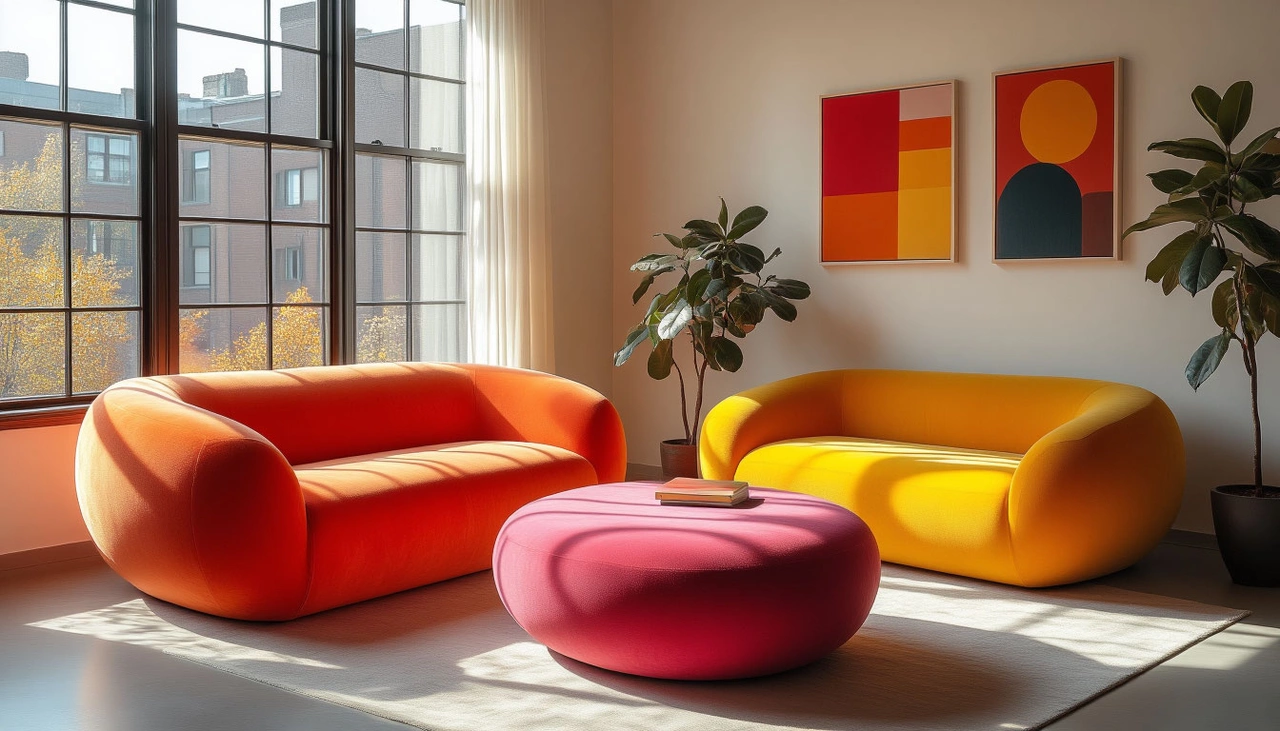
Jules Lobjois – Normandy, France
A graduate of ENSAAMA and DSAA LAAB, Jules works with wood salvaged from wind‑fallen or damaged trees. He honors the unique identity of each fragment, letting its flaws and grain guide the final shape.
For instance, in Mue, he used a split walnut trunk; in Couchant, a crack in an aged oak beam became the defining volume; in Tumulte and Sépale, natural swelling of grafted cherry wood created wave‑like forms. Color, texture, and knot patterns are rarely hidden—they are celebrated.
Good design allows the material’s story to thrive—embracing its anomalies rather than disguising them.

Sofia Karnukaeva – Barcelona, Spain
A MARHI and Bakshtein Institute alumna, Sofia transitioned from architecture to object design and art. Working with ceramics, stone, and metal that carry deep memory and history, her creative process is led by material intuition.
Her pieces ask to be touched, inviting the viewer into a tactile, multisensory experience. For Sofia, design must resonate emotionally and intellectually to create new meaning beyond functionality.
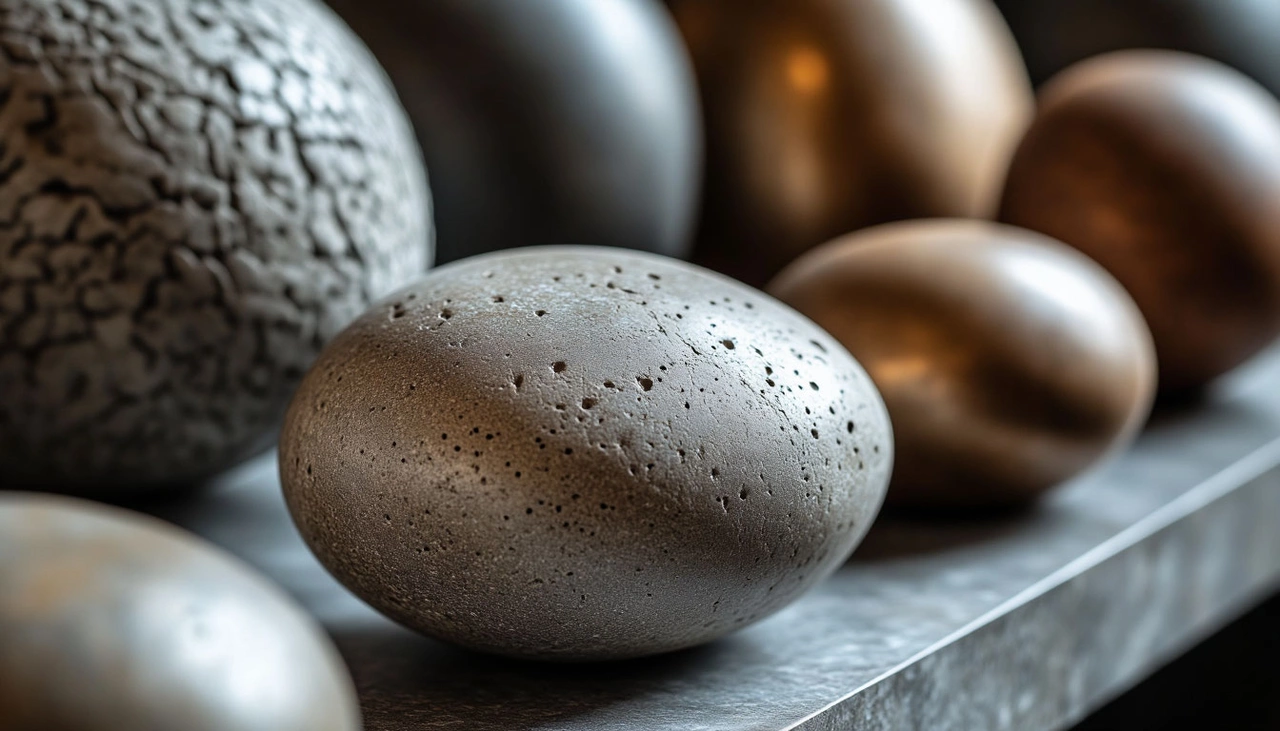
Paul Coenen – Eindhoven, Netherlands
After graduating from Design Academy Eindhoven in 2019, Paul focuses on paper‑to‑metal transformation. Beginning with folded, bent, and manipulated paper models, he explores the structural language of metal.
His method involves hands‑on experimentation to discover folding techniques, joins, and apertures that reveal the hidden capabilities of metal. These structures aim to strike a balance—rooted in now, yet timeless.
Design should reflect the moment while speaking to the future—anchored in context, yet enduring.
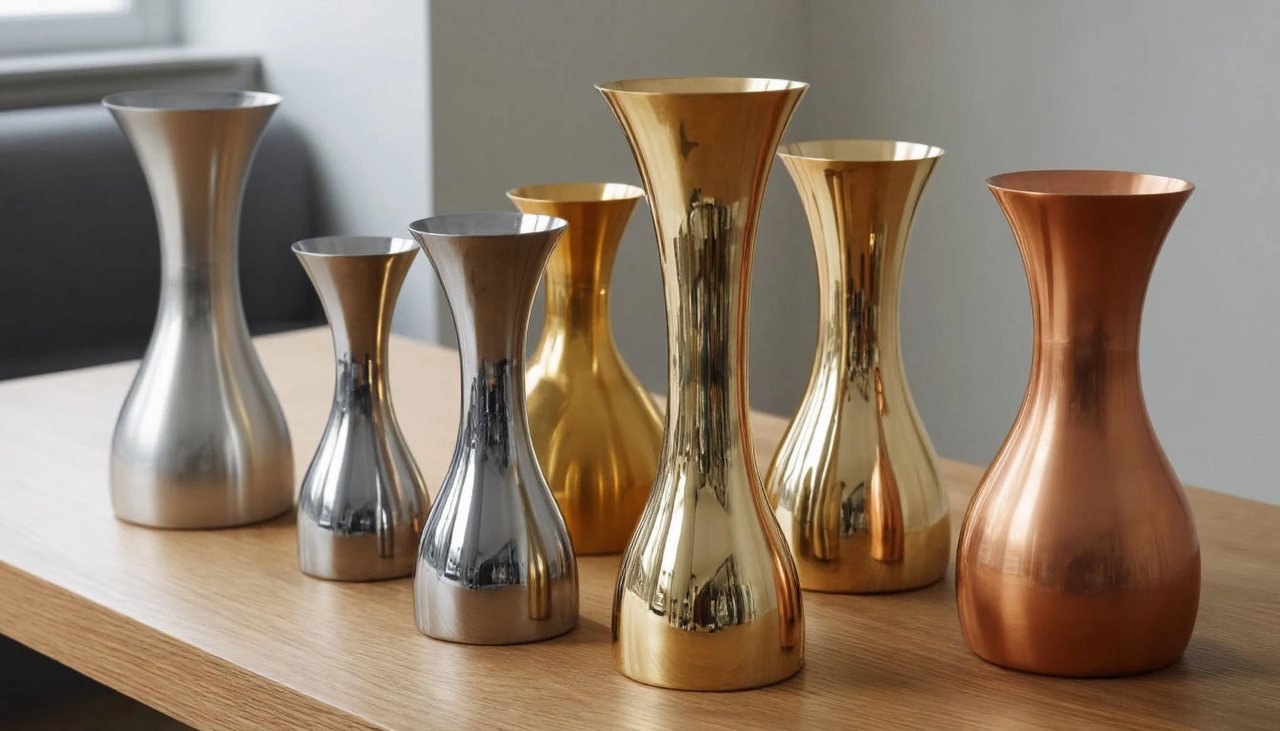
🌟 Why They Matter
These five designers demonstrate how material-led thinking, cultural narrative, and experimental structure can forge forms that speak to both our time and those to come. Their work emphasizes attention to the intangible—emotion, memory, story, purpose—transforming everyday objects into meaningful experiences.
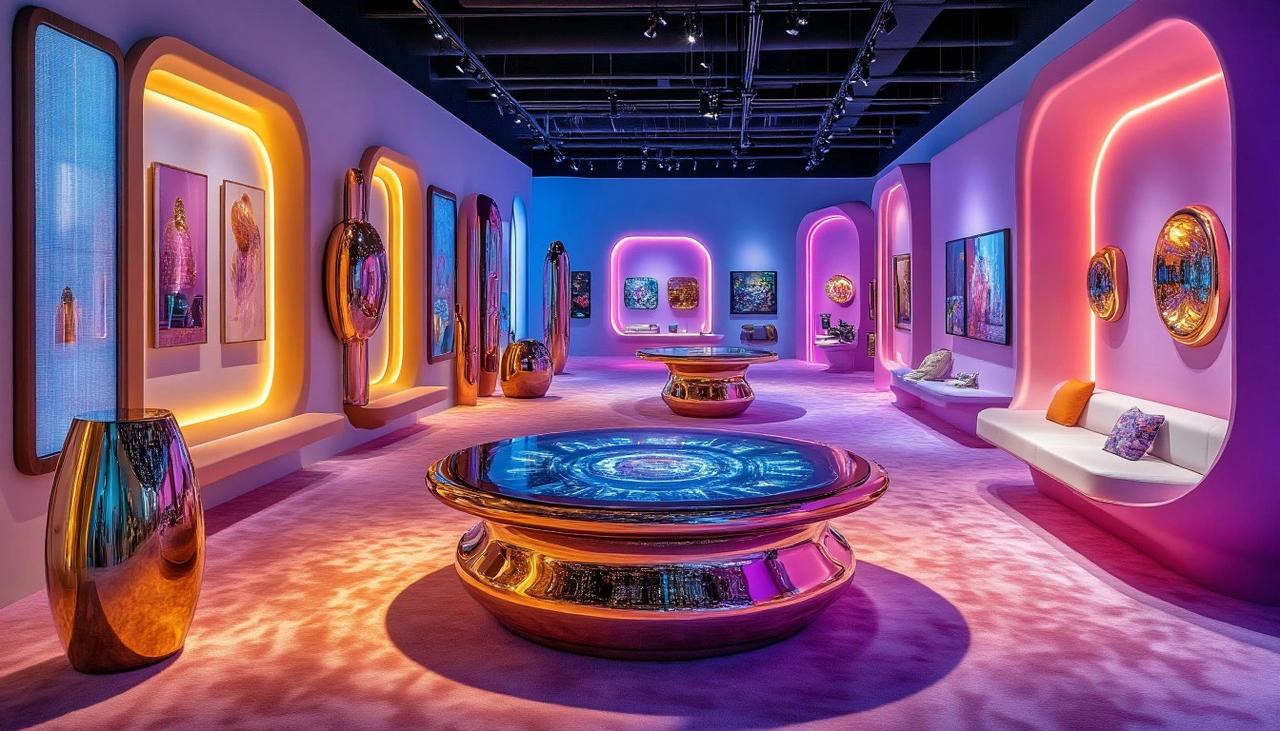
At this year’s Design Shanghai, one of the most thought-provoking sections was undoubtedly Talents+. Founded in 2020, this platform has grown into a powerful stage for emerging designers from China and around the world. The initiative empowers young creatives to express their vision freely, challenge conventions, and experiment with form and material. In 2025, the section took a bold thematic leap with “Confront Conflicts,” examining how design responds to an era marked by instability, war, and social fragmentation.
The exhibition featured 14 individual designers and studios, each presenting a unique perspective on how creative work can reflect, process, or even soften the impact of global crises. What should design look like when the world feels unstable? What emotional or intellectual role can objects play when security and peace are in question?
Let’s explore five standout participants whose visions stood out with radical honesty and poetic innovation.
🧠 Yin Dahua: Poetic Resistance to Technological Domination
Yin Dahua explores the intersection between the human body and the external world. His work questions the dominance of technology and rational thinking in contemporary life, offering instead a more sensory, embodied approach. His fragmented religious relics and tattooed totems serve as tributes to the flesh — a reminder that the body, with all its flaws, carries warmth, memory, and rebellion.
As Yin states, “In an age ruled by data, I highlight the dissonance between personal perception and so-called ‘objective reality’ by emphasizing the tactile and emotional.” His artifacts resemble ancient echoes of humanity’s enduring love affair with its own physical form.

🪑 Masaya Kawamoto: Embracing Imperfection Through Material Alchemy
Tokyo-based designer Masaya Kawamoto began his career designing office furniture for corporate clients but quickly shifted gears to found his own studio, where he pursues human-centric, material-driven design. His most emblematic piece — the PF chair — exemplifies this ethos. Crafted and colored by hand, each chair undergoes an unpredictable transformation in the kiln, making every piece unique.
Two finishes — Oboro and Kasumi — reference soft mists and elusive atmospheres, reflecting Kawamoto’s sensitivity to natural nuance. Each chair’s color and texture depend on the steel's thickness and cooling speed, meaning no two are alike — a quiet celebration of irregularity.
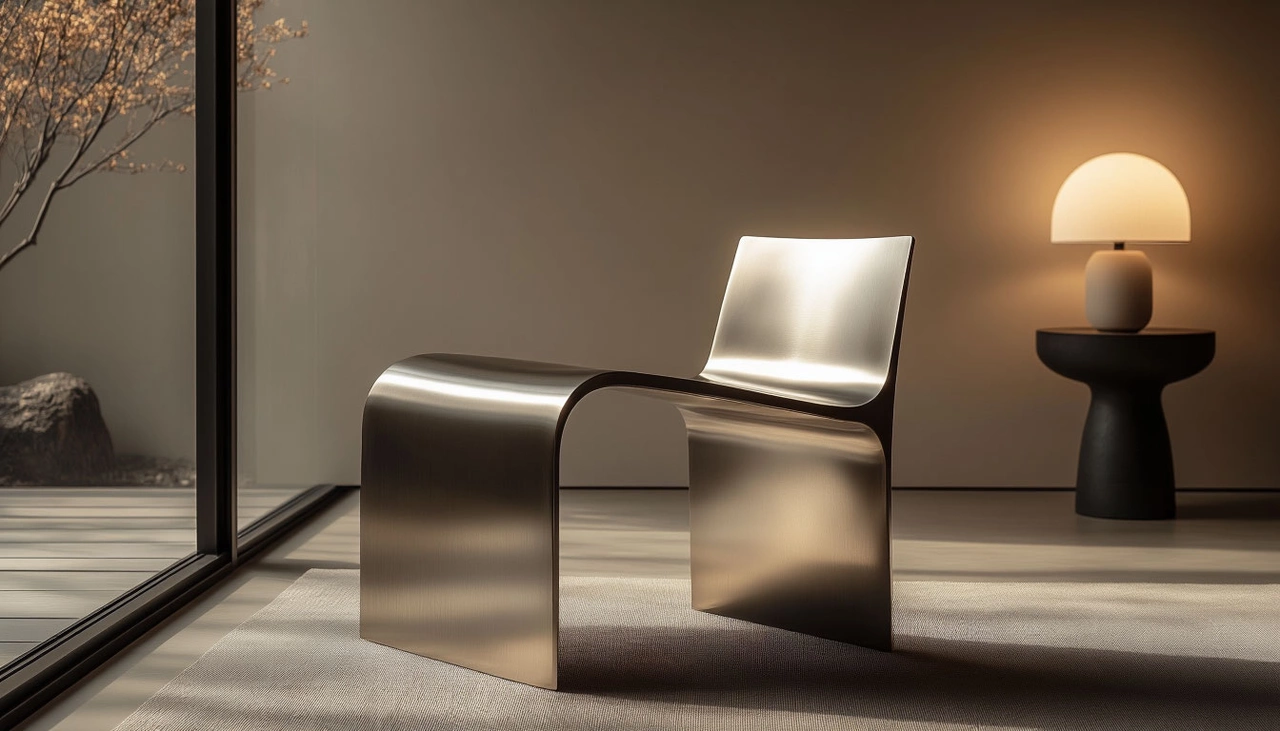
🧬 Abid Javed / Objets Mito: Where Biology Meets Form
London-based designer Abid Javed draws inspiration from the invisible worlds of mitochondria, cellular structure, and microbiology. His project Objets Mito explores sculptural biophilia — where biology and art entwine to form limited-edition pieces that blur the line between design and life.
Using clay as a base, he incorporates bronze, glass, and paper into abstract forms that resemble living organisms. At Design Shanghai, Javed extended the sensory experience further by adding custom fragrances to his sculptures — inviting visitors not only to see and touch, but also to smell the design.
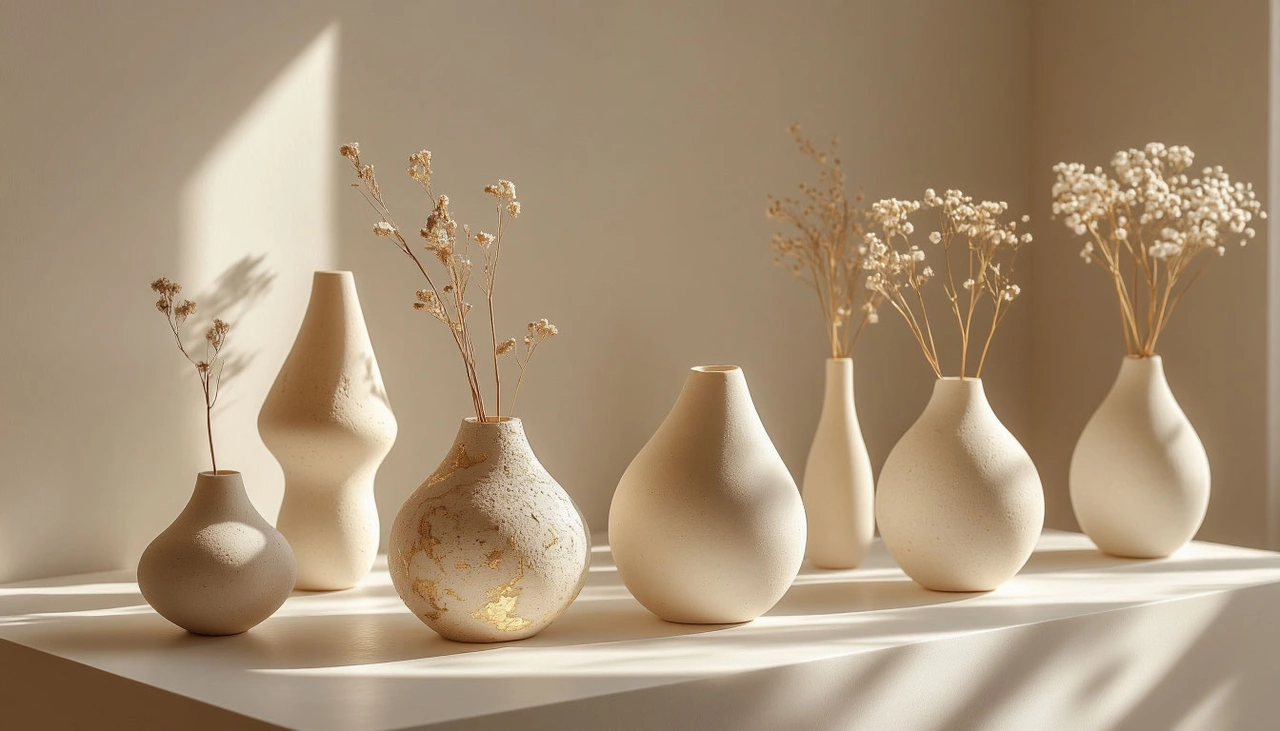
🏛️ Doucement Design Studio: Where Architecture Meets Fabric
The French-named Doucement Studio blends architecture and fashion to explore the tension between hard and soft materials. “We find beauty in contrast,” the designers explain. “Like our name implies — softness — we draw inspiration from flowing organic forms and fleeting emotional states. We believe strength can also manifest through tenderness.”
Their work investigates this duality using textiles and concrete-like structures, turning domestic space into a metaphorical stage where emotion, weight, and delicacy coexist.
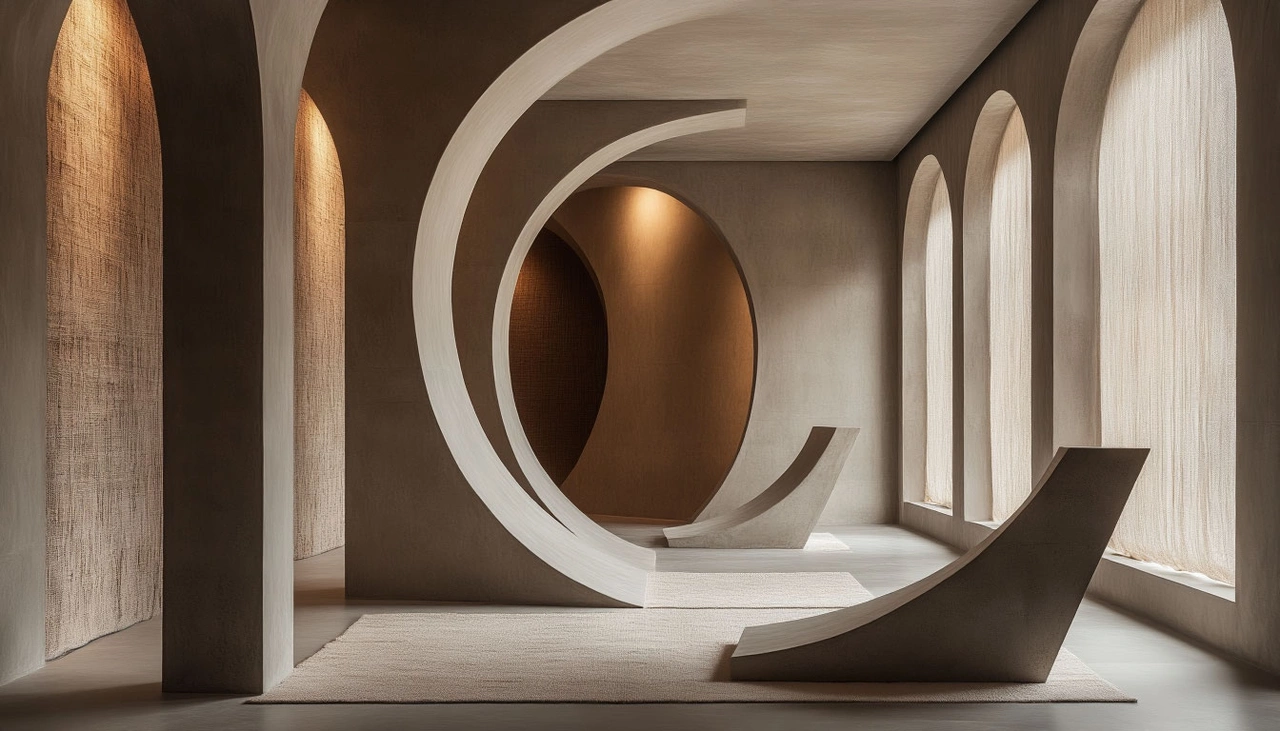
💡 RE+N Studio: Designing Light for a New Tomorrow
Founded by Harvard and Tsinghua alumni Yuting Zhang and Pu Zhang, RE+N (Re-Evolve Narrative Studio) operates at the intersection of architecture, storytelling, and sustainability. Based between Hangzhou and Shanghai, the studio emphasizes context and memory in its work.
Their debut series, Lunar Gleam, transforms light into an architectural medium. Crafted from recycled aluminum and 3D-printed bioplastics (PLA/PETG), these modular pieces function as both lamps and large-scale spatial installations. The series underscores the studio’s dedication to environmentally conscious design and the poetic potential of technology.